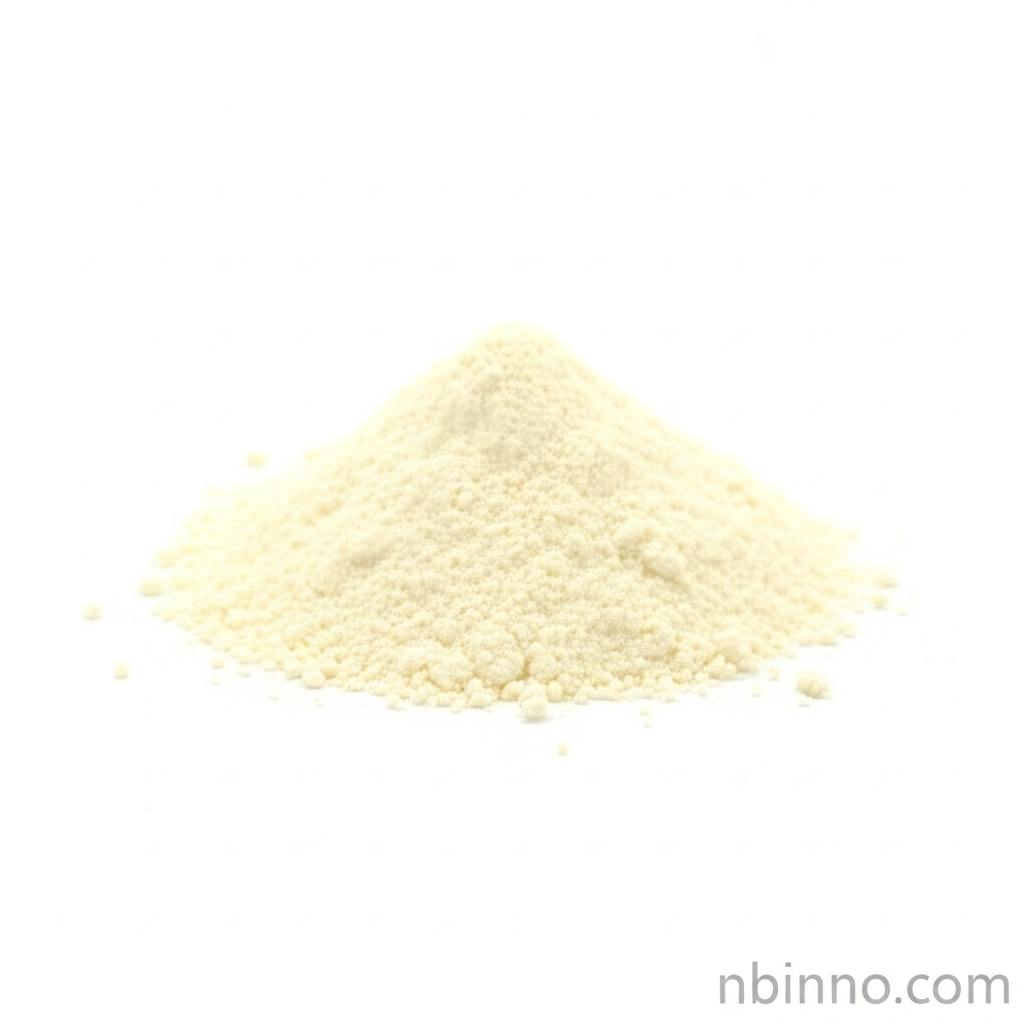2-Chloro-4-methyl-5-nitropyridine: Properties, Synthesis, and Applications as a Chemical Intermediate
Explore the chemical characteristics, synthetic pathways, and diverse industrial uses of this vital organic intermediate.
Get a Quote & SampleProduct Core Value

2-Chloro-4-methyl-5-nitropyridine
2-Chloro-4-methyl-5-nitropyridine is a key organic synthesis intermediate with significant utility in creating complex molecular structures. Its unique combination of a pyridine ring, a reactive nitro group, and a displaceable chlorine atom makes it an indispensable building block for various fine chemical applications, particularly in the pharmaceutical and agrochemical sectors.
- Leverage the power of 2-chloro-4-methyl-5-nitropyridine synthesis methods for efficient production. This intermediate offers versatile pathways for constructing targeted molecules, reducing synthesis complexity and improving yields.
- Explore the diverse 2-chloro-4-methyl-5-nitropyridine applications in modern chemical industries. Its specific structural features are ideal for creating novel compounds with desired functionalities.
- Utilize this compound as a critical chemical intermediate, facilitating a range of reactions from nucleophilic substitutions to coupling processes, essential for advanced material development.
- Understand the unique properties of this pyridine derivative, including its solubility in organic solvents and its characteristic reactivity, crucial for successful laboratory and industrial applications.
Key Advantages
Versatile Reactivity
The presence of both a nitro group and a chlorine atom on the pyridine ring provides distinct reactive sites. This allows for selective chemical transformations, making it a highly versatile building block for complex organic synthesis.
Strategic Intermediate
As a vital chemical intermediate, it plays a crucial role in the multi-step synthesis of pharmaceuticals and agrochemicals. Its structure is a pre-cursor to many bioactive molecules, simplifying the discovery and production processes.
Customizable Synthesis Pathways
Researchers can explore various 2-chloro-4-methyl-5-nitropyridine synthesis methods to tailor production based on specific purity requirements and scale. This adaptability is key for efficient chemical manufacturing.
Key Applications
Pharmaceutical Synthesis
This compound serves as a critical precursor in the synthesis of various active pharmaceutical ingredients (APIs), contributing to the development of new therapeutic agents.
Agrochemical Development
Its structure is beneficial for creating novel agrochemicals, including pesticides and herbicides, by providing essential chemical functionalities for biological activity.
Organic Synthesis Research
As a versatile building block, it is frequently used in academic and industrial research labs to explore new heterocyclic chemistry and reaction mechanisms.
Specialty Chemicals Production
The compound is also utilized in the manufacturing of various specialty chemicals, where its unique chemical properties can be exploited for specific applications.
